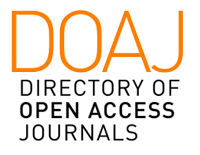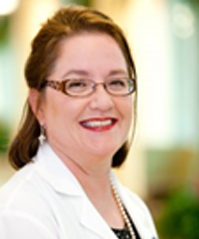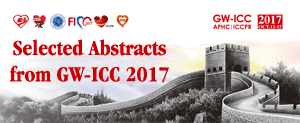[GW28-e1195]
The prognostic analysis of elderly high-risk severe aortic stenosis treated by different therapy procedure
Yunqing Ye
National Center for Cardiovascular Diseases Cardiovascular Institute & Fuwai Hospital
Objectives: To provide China’s early experience of TAVI technology, verify the validity of the TAVI treatment.
Methods: We retrospectively analyzed elderly high-risk patients with SAS hospitalized between September 2012 and June 2015. According to the treatment method, patients were divided into TAVI group, SAVR group and the drug therapy group. Patients were followed-up, and the primary end point was death from any cause at 1 year, and secondary end point included cardiac function class(NYHA), vascular complication, valvular function, non-fatal myocardial infarction, new atrial fibrillation, stroke, bleeding, pacemaker implantation, acute renal failure, and readmission. The survival curves were performed with the use of Kaplan-Meier estimates and were compared between groups with the use of the log-rank test.
Results: There were 242 patients conform to the enrolled criteria, 81 patients undergo TAVI (including 57 cases of transfemoral approach, 12 cases of tansaortic approach, 12 cases of transapical approach), 59 patients undergo SAVR, and 102 patients treated by drug. The rates of combined diabetes were 27.2% in the TAVI group and 11.9% in the SAVR group(P=0.027), and combined chronic obstructive pulmonary disease were 18.5% and 6.8% respectively (P=0.045). The rates of renal failure were higher in the SAVR group than the TAVI group, 13.6% vs. 4.9% respectively (P=0.072). More patients combined with complex valve dysfunction in the SAVR group. The average risk score of the Society of Thoracic Surgeons(STS) was 7.28 in the TAVI group, and 5.67 in the SAVR group(P=0.036), indicating higher operating risk in the TAVI group than in the SAVR group. The rates of perioperative vascular complications were 6.3% in the TAVI group and 0% in the SAVR group (P=0.057). The new pacemaker implantation and mild paravalvular regurgitation were more frequent with TAVI group, 11.3% vs. 0% (P=0.025) and 29.6% vs. 1.7% (p<0.001) respectively. Adverse events that were more frequent after SAVR at 1 year included new onset atrial fibrillation (2.3% vs. 0% P=0.674) and rehospitalization (21.3% vs. 3.0% P=0.005). At 1 year, the rates of stroke were 3.0% in the TAVI group and 6.8% in the SAVR group(P=0.628). The rates of death from any cause were 3.8% in the TAVI group and 5.2% in the SAVR group at 1 month (P=1.000), and 5.8% and 9.8%respectively at 1 year(P=0.636)). The mortality at 1 year was 54.9% in the drug therapy group. The New York Heart Association (NYHA) functional status were improved significantly in both groups at 1 year.
Conclusions: In elderly high-risk patients with SAS, the prognosis were very poor when treated only by drug; transcatheter and surgical procedures for aortic-valve replacement were associated with similar short-term and long-term prognosis, although there were important differences in periprocedural risks.














